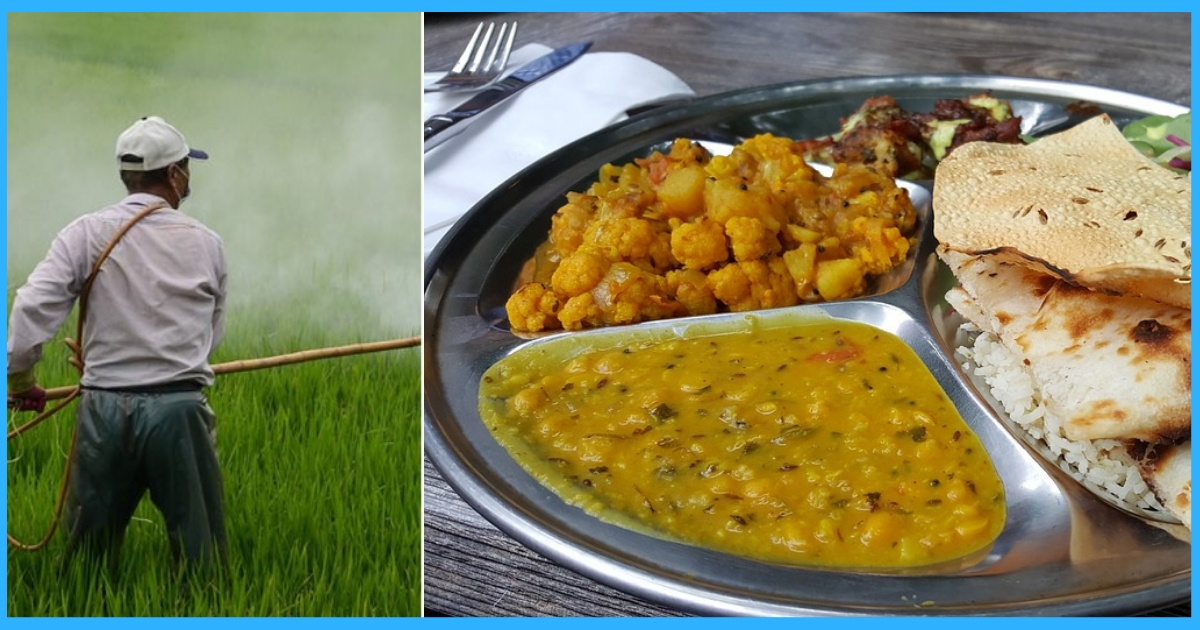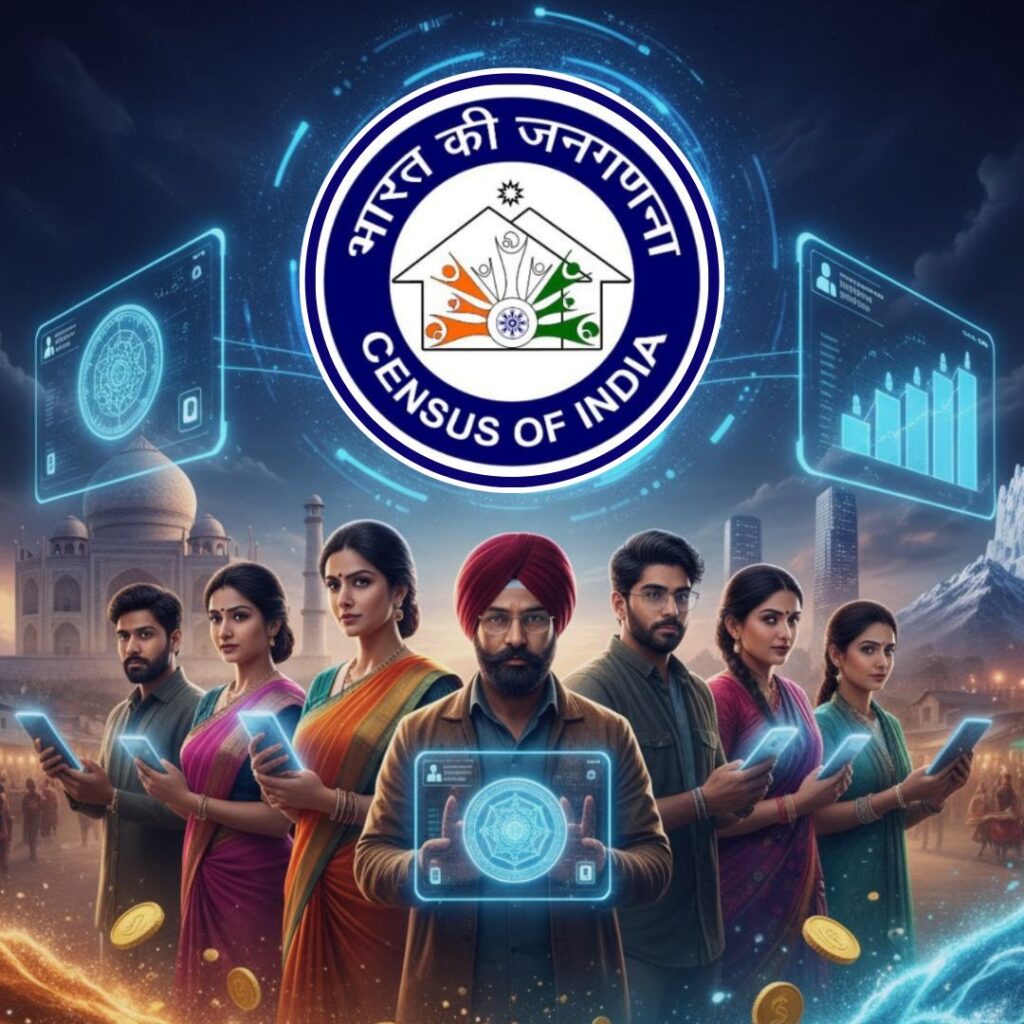A research conducted on a sample of breast milk taken from different women has revealed the presence of Endosulfan and Malathion in milk, which was 8.6 % and 4.1 % more than the average daily intake level as recommended by the WHO. Endosulfan and Malathion are pesticides which cause severe reproductive and developmental damages in both humans and animals and can even be a cause of cancer. But the question is how these chemicals are present in breast milk?
One of the challenges that farmers face is protecting the crops from pests and insects and therefore to kill pests, pesticides and insecticides are used. But the bitter truth is that the pesticides are not only killing the insects in crops, but it is also killing people who are consuming it. Of all the pesticides used, approximately 1 % of it (which are actually a poison) is used to kill the insects, and the remaining 99 % of poison enter our food. But the situation was not the same as always.
Impact of the Green Revolution
Green Revolution, which is widely celebrated in our country not only introduced high yielding crops but also increased the number of insecticides used by farmers to increase production. Green Revolution highly relied on the insecticides, pesticides, herbicides and other fatal chemicals and also brought the culture of monocrops, i.e. the practice of growing single crop on the same land for many years while discarding our traditional culture of polycrops in India. Monocropping not only leads to soil depletion and other repercussions to the environment but has also made India highly dependent on imports of different food crops. The reckless use of insecticides causes loss of human lives and is also responsible for other physical and mental disorders. Punjab was one of the states majorly affected by green revolution, and the incessant use of fertiliser has made Punjab a cancer hub. While Green Revolution was introduced with the purpose of ensuring food safety and to deal with the unfavourable disasters like famine, in which up to some extent India succeeded, but the farmers have so entrapped in the use of pesticides that they have started believing that pesticides are indispensable for agriculture. The extensive promotion of insecticides in agriculture and subsidies provided by the government encouraged farmers to use expensive fertilisers which often leave them debt-ridden. The promotion of fertilisers by the government can be known from the very fact that in the financial year 2018-19, Rs. 70,080 crore has been allocated for fertiliser subsidies whereas only 200 crores have been allocated to support organic farming that too limiting it too highly specialised medicinal and aromatic plants. Usually, organic farming hardly finds a place in financial budgets, as in last five years only few hundred crores have been allocated to organic farming whereas few lakh crores have been allocated to subsidies given on fertilisers. This wide gap in the allocation of budget explains why there is more inclination towards farming by fertilisers.
Apart from investing a huge amount in subsidies of fertilisers, there are no stringent laws regarding the use of pesticides. Right now there are more than 104 pesticides which are banned worldwide as they are detrimental to health and environment, but their use is legal in India. Despite India being a signatory to Stockholm conventions on Persistent Organic Pollutants, there are many pesticides which are harmful to the environment, but they are still legal in India.
Case of Kasargod
One of the worst and longest episodes of fatality of insecticides has been witnessed by Kasargod district in Kerala. Around the year 1975, the agricultural department in Kerala started planting cashew trees and to control the pests, Plantation Corporation of Kerala ordered aerial spraying of Endosulfan. For 25 years, 22 lakh litres of Endosulfan were persistently sprayed over 15,000 acres of lands. What followed was the biggest nightmare, badly affecting 5000 people and thousands of animals of Kasargod. The use of Endosulfan allegedly caused different neurological and psychological diseases, fits, miscarriages in women, cognitive-disorders, cancer, various physical and mental disabilities in children and many fatal diseases. It also led to the disappearance of different species of birds, frogs, fishes, snakes and a large number of wildlife. It is only after the Supreme Court’s order of injunction in 2001 that the spraying was stopped. In 2010, as per the survey conducted by state social welfare Department, 2836 people were still suffering from various ailments even after ten years of banning the use of Endosulfan. In 2011 SC ordered the government of Kerala to give compensation to the victims.
Maximum Residue level
Maximum residue level or MRL is the maximum amount of pesticide residue that remains in our food products without being detrimental to our health. MRL is often determined through conducting repeated field trials and on the basis of the residual amount obtained from the residue studies in crops.
But the MRL mechanism doesn’t take into account the pesticides residues that enter our body through biomagnification and bioaccumulation. Biomagnification is increase in the concentration of insecticides(or any other toxic substances) at each level of the food chain, for instance, if an organism A has x amount of pesticide in its body, and if A is eaten by another organism B, then the concentration of pesticide in the body of B would be x+y. In the same manner, the amount of pesticide would increase with each successive level in the food chain whereas bioaccumulation is an increase in the concentration of pesticide or accumulation of pesticide in an organism due to absorption of the pesticide form food, air, soil etc. While deciding the MRL the residue created through the above two ways are not taken into consideration, thereby causing a severe flaw in calculating MRL. If the effect of bioaccumulation and biomagnification would be considered, the level of maximum residue would be very less as compared to the level when the effect of biomagnification and bioaccumulation is not considered. This flawed calculation causes severe risk to the health of the organism.
Sustainable Organic Farming
It is believed that organic way of farming can’t be used for mass production and therefore is not able to meet the increasing requirement of our growing population (one of the major reasons of green revolution). Apart from the fact that the cost of input in organic farming is way less than that of farming by insecticides and high yielding seeds, it is completely false that organic farming can’t increase the yielding of crops. In 2011, the farmers in Bihar set the world record in the production of rice and Paddy which were organically grown followed by many such other world records. In 2016, Sikkim became the first organic state in India. Though the farmers in Sikkim never used chemicals but were dependent on synthetic insecticides. It was only when the government of Sikkim banned the use of insecticides; farmers were compelled to go for organic farming. While this laudable step by Sikkim government doesn’t only set an example for the rest of the states but also shows that commercial agriculture is very much possible without the use of insecticides.
While busy in our daily urban lives we fail to understand its pernicious effect and the catastrophe which is caused not only for our generation but for coming generation too. In just a few decades we have started eating poison without even knowing of it. We often overlook the social and economic cost that we are paying and our coming generations have to pay. Though it is primarily the government’s responsibility to promote sustainable and organic farming and ban the use of insecticides, it’s high time that different stakeholders should come ahead and fulfil their responsibilities.











